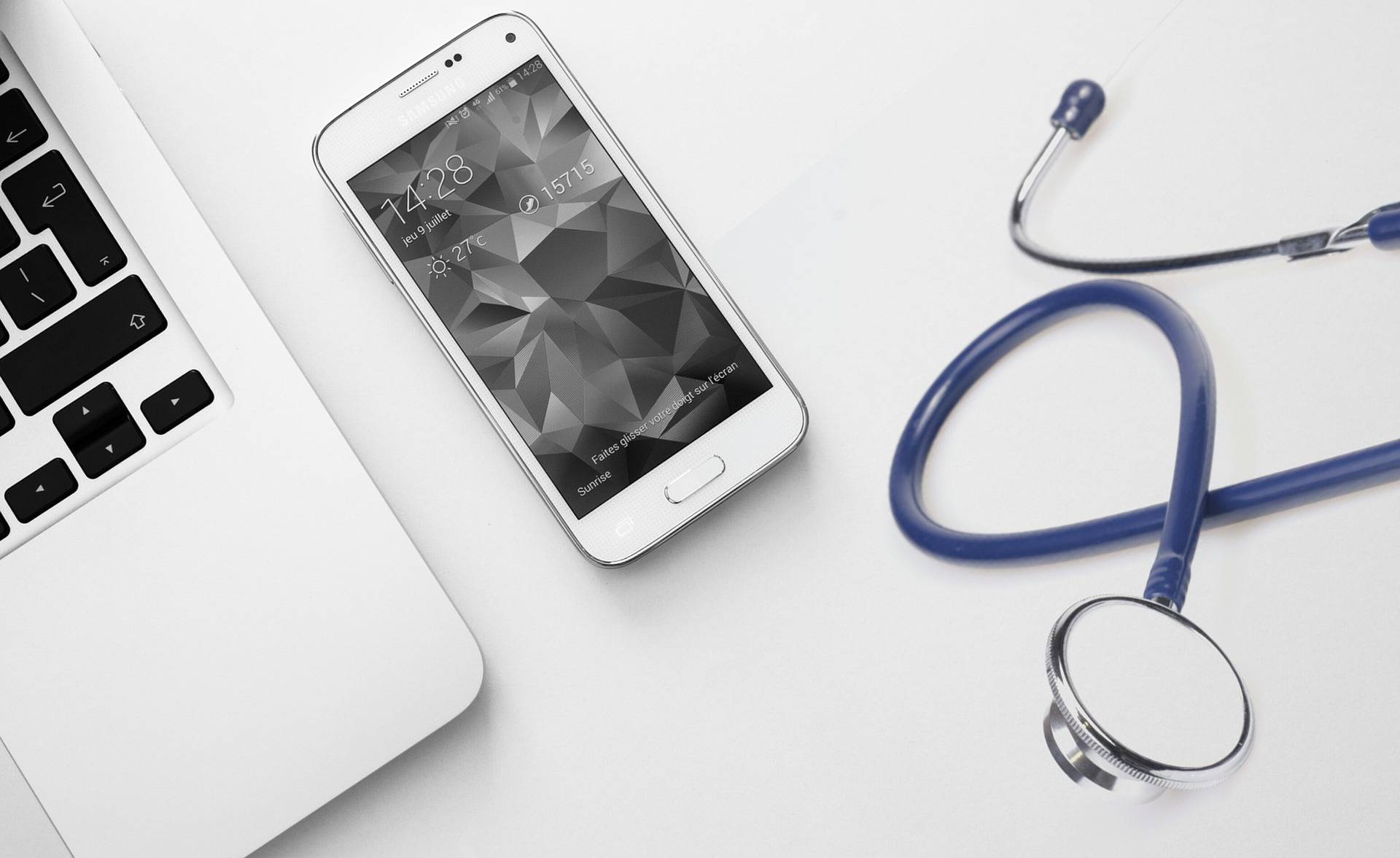Understanding How Artificial Intelligence Is Being Applied to Medical Devices
Not a day goes by without seeing an advertisement for a product or service “powered by AI.”
Just about everyone is using the term lately, but as yet there is no official marketplace certification for incorporating AI into a product or for using the label “AI.”
We also hear terms like data mining, machine learning, big data, Hadoop, and others. While each of these has its own place in the world of emerging technology, for this article, we’ll collectively call them “data analytics” or simply “AI.”
AI isn’t magic, although some marketing promotions of AI-powered products imply that. Think of AI as simply the ability to develop software programs semi-automatically by presenting a computer with scenarios of how something behaves, reacts, or “thinks.” The greater the number of scenarios, the better. The computer then learns relationships between the scenarios and appropriate responses. For example, being shown thousands of images of healthy and diseased cells, the computer learns to differentiate between different types of cells. The behavior of the resulting software mimics intelligence and can be deployed to provide decision aiding value to clinicians and other health care providers.
An interesting development in the US is that the medical device industry, along with FDA guidance, has been developing guidelines to control the design and approve the marketing of AI-based medical devices. Soon, “AI” will have a formal meaning and imply a specific development process was followed.
What do these emerging technologies look like on the medical device landscape?
How medical devices generate data
Many different medical devices produce data in some way. The three types of data outlined below form a useful frame for strategies to apply AI and data analytics:
User physiological data
Commonly called “vital signs,” these direct measurements of body function include body temperature, blood pressure, heart rate, brain activity, and a broad range of other parameters directly indicating body function in real-time.
User demographic information
Factors that characterize the user, but are not directly measured by a medical device’s sensors. Often entered manually by users, examples include height, weight, age, and exercise and sleep activity.
Device data
Parameter measures that indicate the status and health of the device itself, independent of the user. Examples include battery level and other device-specific information.
So, how does AI factor in? While data analytics can provide tremendous value residing in the device firmware and processing data on the device itself, our discussion focuses on the application of AI and other emerging technologies once medical device data is collected and makes its way to the cloud.
The cloud adds value beyond on-device AI in terms of computing power, massive data storage, and access, and an incredibly rich data set. Simply put, the cloud can analyze orders of magnitude more robust data with more powerful analytic algorithms as compared to a single medical device.
What Is Artificial Intelligence?
Artificial intelligence is technology that enables computers to interpret and analyze data in the same way that a human would. Artificial intelligence can be applied to just about any industry, but we are focusing on the application for medical devices.
Using artificial intelligence in medical applications to produce outputs similar to that of a human requires vast amounts of data and an understanding of how the data applies to real healthcare applications.
To do this, artificial intelligence uses ‘machine learning’ and ‘deep learning’ technology to teach itself how to produce insightful and actionable data to healthcare professionals and patients.
How Are Artificial Intelligence and Machine Learning Transforming Medical Devices?
The generation of vast amounts of data from medical devices is nothing new. However, the way in which data has been stored and the information used, has typically remained localized to the end user.
With the advent of machine learning and artificial intelligence, data that remains localized to the end user can now be consolidated with data from other end users for further analysis leading to additional health insights.
As more data is obtained and machine learning algorithms applied, the technology is able to ‘teach itself’, producing a fly-wheel effect that continually improves on the output of insights.
The use of artificial intelligence and machine learning applied to medical device data is just one of the benefits of AI in healthcare.
FDA Regulations of AI in Medical Devices
In April 2019, FDA Commissioner Scott Gottlieb, M.D. issued a statement outlining a strategy toward a review framework for artificial intelligence-based medical devices. “Artificial intelligence and machine learning have the potential to fundamentally transform the delivery of health care,” Gottlieb said. “As technology and science advance, we can expect to see earlier disease detection, more accurate diagnosis, more targeted therapies and significant improvements in personalized medicine.”
The FDA released its strategy as a Discussion Paper and Request for Feedback titled: “Proposed Regulatory Framework for Modifications to Artificial Intelligence/Machine Learning (AI/ML)-Based Software as a Medical Device (SaMD)”. This describes the FDA’s foundation for a potential approach to premarket review for artificial intelligence and machine learning-driven software modifications. Their current AI content can be found here.
The advanced data analytics approaches the FDA is anticipating all rely on data. The process begins with medical devices producing the data. So, think of medical devices and the physiological sensors they include as highly sophisticated data collection devices driving these advances.
FDA clearance for AI technology thus far is for “locked” algorithms – they are developed, saved, and don’t change until manually updated by the manufacturer. The next step will be algorithms that are adaptive and evolve through machine learning. “For example, an algorithm that detects breast cancer lesions on mammograms could learn to improve the confidence with which it identifies lesions as cancerous or may learn to identify specific subtypes of breast cancer by continually learning from real-world use and feedback,” Gottlieb explains.
The challenge, of course, is allowing technology to progress and benefit while ensuring safety and effectiveness. It’s a challenging balance in a new context, but progress toward this objective is being made.
“Advanced data analytics and AI are revolutionizing healthcare, particularly in the field of wearable sensors. Sensor analytics can be the first line of defense in detecting and reporting anomalous conditions in the body,” indicates Jennifer Schaff, PhD, Managing Director at Elder Research, a data science and AI company with expertise in health science analytics.
How AI is Being Utilized with Medical Devices Already
Examples include daily monitoring of the activity of multiple sclerosis patients for earlier detection of MS attacks, and the investigation of skin appearance features with image analysis algorithms to provide continuous, non-invasive blood pressure monitoring.
AI can be used to monitor and diagnose the health of the medical device. “Right now, there’s no such thing as a ‘check engine’ light for medical devices,” indicates Chris DuPont, CEO, and co-founder of Galen Data. “Using data analytics to process data collected about the device itself can notify users to change the battery and warn of problems before they become critical.”
A “medical device” can comprise entirely of an AI algorithm hosted in the cloud. For example, consider IDx-DR, a software program that uses an artificial intelligence algorithm to analyze images of the eye taken with a retinal camera. A doctor uploads the digital images of the patient’s retinas to a cloud server on which IDx-DR software is installed. IDx-DR indicates either: (1) “more than mild diabetic retinopathy detected: refer to an eye care professional” or (2) “negative for more than mild diabetic retinopathy; rescreen in 12 months.”
IDx-DR is the first device authorized for marketing that provides a screening decision without the need for a clinician to also interpret the image or results, which makes it usable by health care providers who may not normally be involved in eye care.
The potential benefit is immense, as Gottlieb notes: “I can envision a world where, one day, artificial intelligence can help detect and treat challenging health problems, for example by recognizing the signs of disease well in advance of what we can do today. These tools can provide more time for intervention, identifying effective therapies and ultimately saving lives.”
Applying AI Insights from Medical Devices
Generating artificial intelligence insights from medical devices requires a transformation in the process of obtaining and correlating data. This process typically requires the following:
A ‘Smart’ Medical Device
An FDA approved medical device that not only produces data, but can be connected to external platforms or applications. This may include any wearable or implantable “gadget” that measures some aspect of a patient and/or applies some therapy to the patient. Medical devices also include “near-patient” equipment that connect in some manner with the patient, such as a CPAP machine.
Cloud-Based Platform
A cloud-based platform is usually used to collect, store, and analyze data. Many medical devices connect to a cell phone app, which is useful for the patient to monitor their data. However, if the data flow stops there with the patient, the ability to use these emerging technologies is limited.
Powerful Data Analytics
Powerful data analytics: algorithms and processes that can turn low-level data into higher-level, actionable information.
Understanding of AI Regulations
A clear understanding of design control and the regulatory environment—including the FDA’s upcoming AI regulations, and cybersecurity issues.
As an additional comment on cloud data storage and how it relates to the “boring stuff”; while it has become commonplace to “store data in the cloud” and even to use cloud-based technology to apply AI to it, that’s not enough.
For example, Amazon Web Services (AWS) provides an extremely cost-effective neural network, natural language understanding, and other AI-based technologies. But when it comes to medical device data, challenges in security and regulatory compliance are introduced. Data must be protected, both in transmission and at rest. And everything (device, connectivity, and AI) should be developed under compliant design controls.
Final thoughts
These emerging technologies, AI and data analytics particularly, have tremendous potential to benefit nearly everyone. In fact, some of that benefit is already being realized, while still more innovations are under development.
The FDA appears to be taking a progressive approach toward regulating the use of AI, by recognizing the technology as a medical device of itself and by considering how AI algorithms that learn and adapt in real-time, without human intervention may be safely incorporated.
Success in this field requires more than just medical device expertise. It requires skill in data analytics and a knowledgeable approach toward cloud connectivity. These are skills that medical device manufacturers may want to partner with an experienced provider to acquire.








